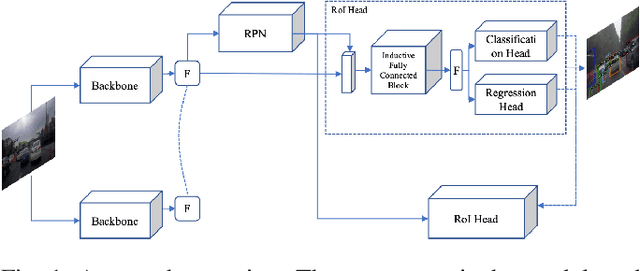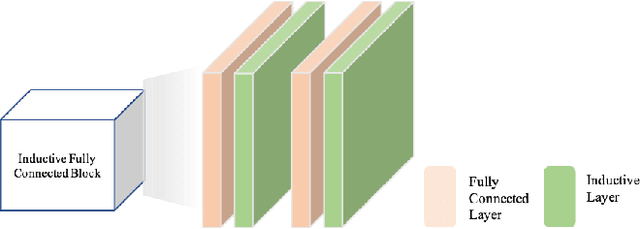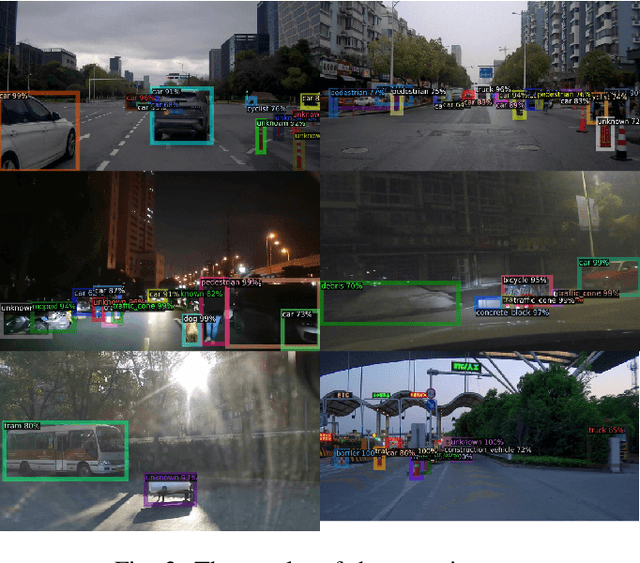Xidong Xi
OpenNet: Incremental Learning for Autonomous Driving Object Detection with Balanced Loss
Nov 25, 2023



Abstract:Automated driving object detection has always been a challenging task in computer vision due to environmental uncertainties. These uncertainties include significant differences in object sizes and encountering the class unseen. It may result in poor performance when traditional object detection models are directly applied to automated driving detection. Because they usually presume fixed categories of common traffic participants, such as pedestrians and cars. Worsely, the huge class imbalance between common and novel classes further exacerbates performance degradation. To address the issues stated, we propose OpenNet to moderate the class imbalance with the Balanced Loss, which is based on Cross Entropy Loss. Besides, we adopt an inductive layer based on gradient reshaping to fast learn new classes with limited samples during incremental learning. To against catastrophic forgetting, we employ normalized feature distillation. By the way, we improve multi-scale detection robustness and unknown class recognition through FPN and energy-based detection, respectively. The Experimental results upon the CODA dataset show that the proposed method can obtain better performance than that of the existing methods.
When Source-Free Domain Adaptation Meets Label Propagation
Jan 20, 2023



Abstract:Source-free domain adaptation, where only a pre-trained source model is used to adapt to the target distribution, is a more general approach to achieving domain adaptation. However, it can be challenging to capture the inherent structure of the target features accurately due to the lack of supervised information on the target domain. To tackle this problem, we propose a novel approach called Adaptive Local Transfer (ALT) that tries to achieve efficient feature clustering from the perspective of label propagation. ALT divides the target data into inner and outlier samples based on the adaptive threshold of the learning state, and applies a customized learning strategy to best fits the data property. Specifically, inner samples are utilized for learning intra-class structure thanks to their relatively well-clustered properties. The low-density outlier samples are regularized by input consistency to achieve high accuracy with respect to the ground truth labels. In this way, local clustering can be prevented from forming spurious clusters while effectively propagating label information among subpopulations. Empirical evidence demonstrates that ALT outperforms the state of the arts on three public benchmarks: Office-31, Office-Home, and VisDA.
 Add to Chrome
Add to Chrome Add to Firefox
Add to Firefox Add to Edge
Add to Edge